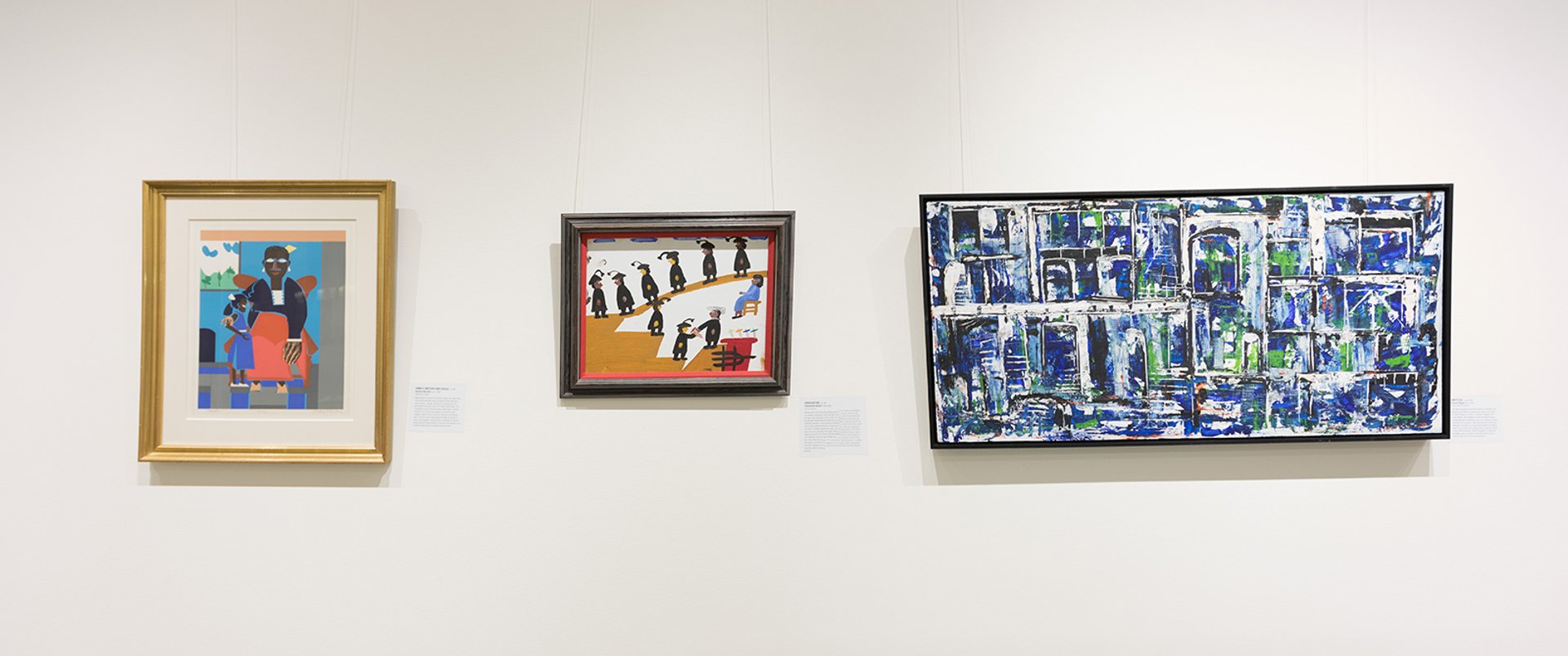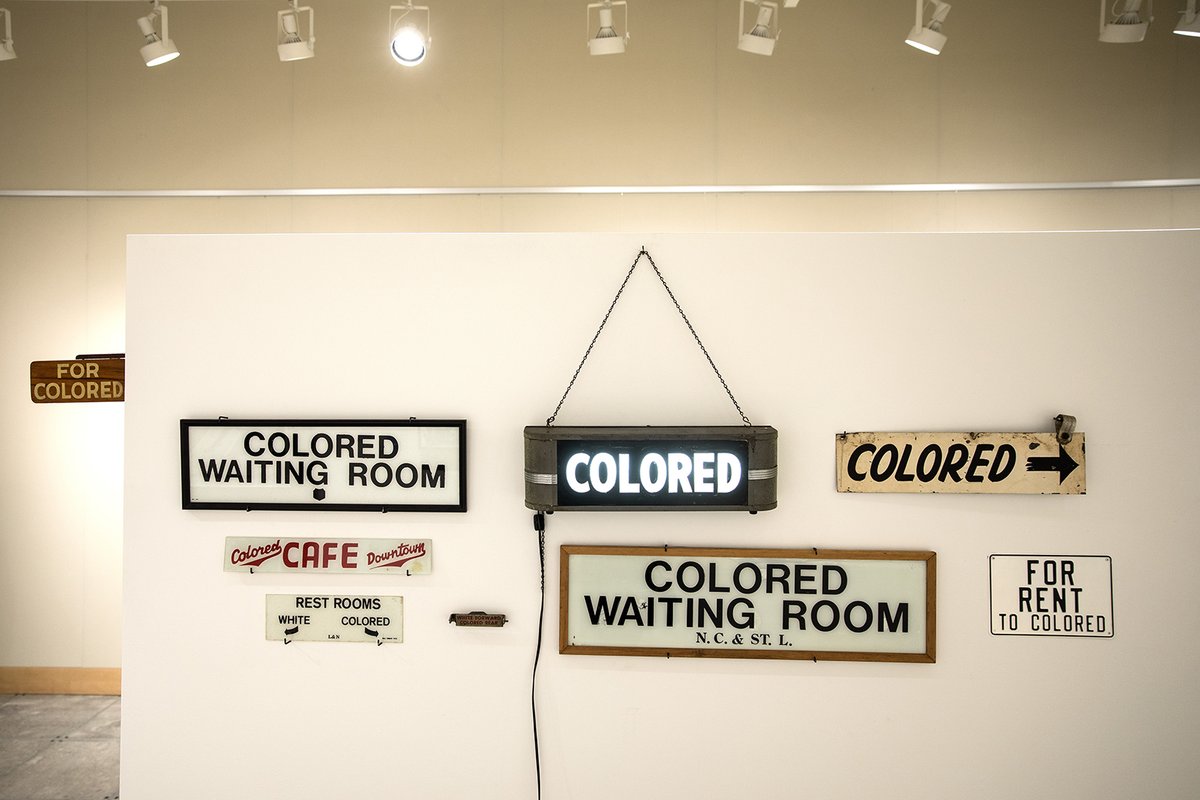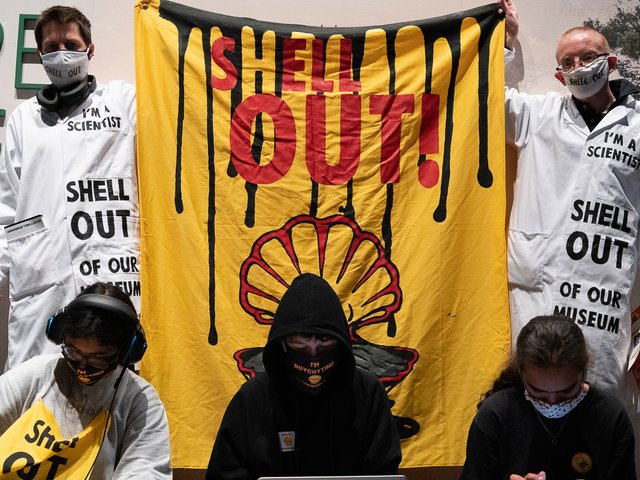As the Super Bowl comes to Minneapolis this weekend, a former Hall of Fame footballer who became a Minnesota Supreme Court Justice has responded to the controversy over “take a knee” protests by NFL player with an exhibition in the city of works drawn from his family’s Americana collection. “This exhibit brings us back to what the real issue is,” says Alan Page of the show Testify: Americana from Slavery to Today at the Hennepin County Library (until 6 February). “The issue isn’t about the flags, the problem isn’t the anthem: it’s about justice.”
The displays include “objects of oppression”, such as a brick made by slaves to build the White House, which his wife Diane Page describes as “very symbolic… showing how African Americans helped build this country” and “colored” signs used during segregation. But it also includes “objects of expression” such as paintings and prints by Romare Bearden, Jacob Lawrence and Clementine Hunter.
One centrepiece of the show is a handmade, canvas banner used in Abraham Lincoln’s funeral, with the words “Our country shall be one country!” written on one side. While that unity might seem like an unrealised dream today, the object can be seen as an enduring symbol. “We aren’t one country yet and it continues to express that hope for the future,” says Georgi Page, the collectors’ daughter, who helped organise the show. “We took that as the beginning and the end of the story. We wanted people to take that message and carry it forward.”

But it also includes “objects of expression” such as paintings and prints by Romare Bearden, Jacob Lawrence and Clementine Hunter Photo: Bianca Wilcox




